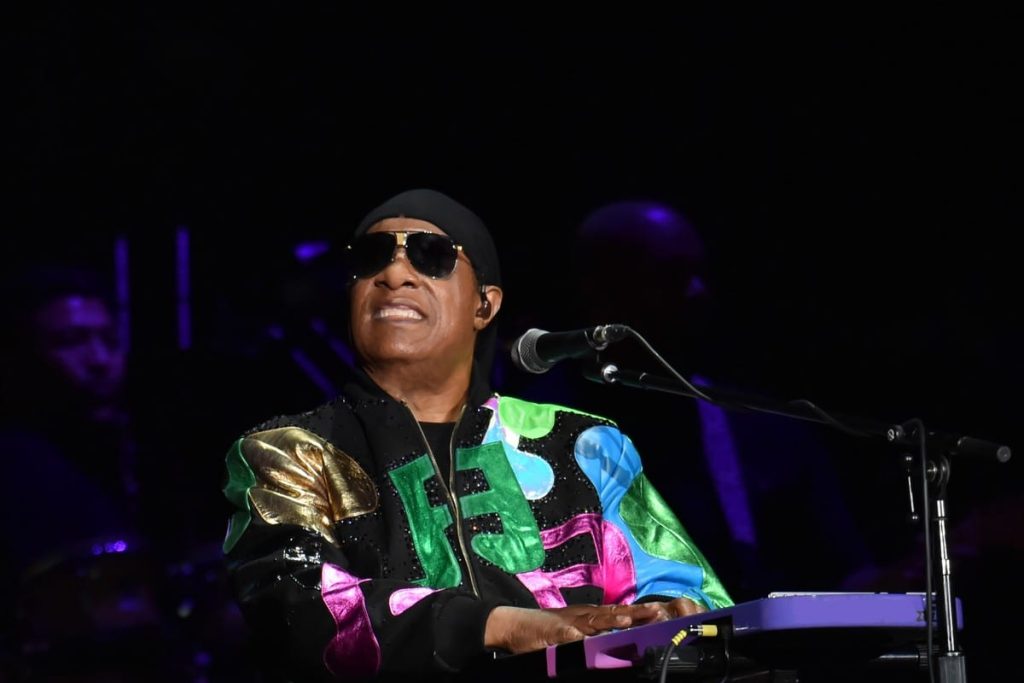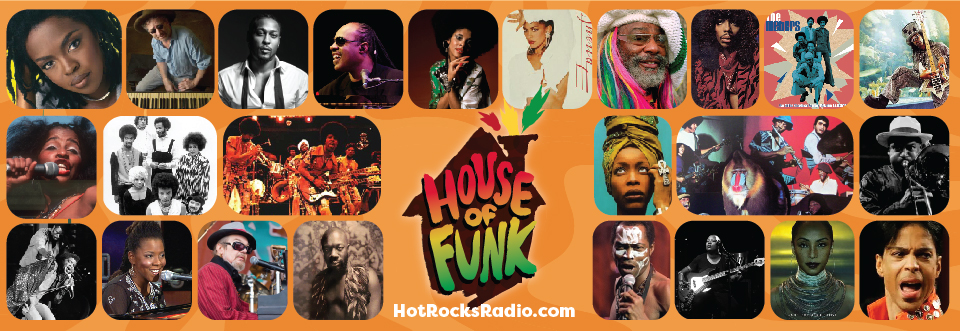Stevie Wonder
Even the normally loquacious Groove Overlord is rendered speechless when trying to address the musical and cultural significance of Stevie Wonder. His legacy as a live performer, singer, multi-instrumentalist, songwriter, producer, studio whiz, and supporter of younger artists are simply indescribable. He is also known as a humanitarian and a perceptive, withering critic of our social and spiritual inadequacies. He is the reason Dr. Martin Luther King, Jr., is honored with a national holiday. Yet his impish sense of humor balances his seriousness. He was a hilarious guest host on Saturday Night Live (S8:E19, May 7, 1983), doing a lot of self-mocking bits.

Like many African American artists, Stevland Hardaway Judkins (b. 1950; his surname was legally changed to Morris in 1961) began his musical career in the church. He was only twelve when Motown released his first album, The Jazz Soul of Little Stevie, and thirteen when he scored his first hit, “Fingertips.” Because of his visual impairment, he was often likened to Ray Charles and recorded an album of cover songs entitled Tribute to Uncle Ray.
After charting several hits for Motown, and having become an adult, Stevie negotiated a new contract that gave him unprecedented artistic control. Following Marvin Gaye’s What’s Going On, he wanted to write songs that addressed social and political problems, racism, and spirituality. Of course, he continued to be a master composer of ballads and love songs (though some of them are awfully saccharine)—he seems very aware of how many babies might have been conceived by people listening to his records—he also experimented with song forms, singing techniques, and famously, synthesizers. Throughout the 1970s, he produced records on which he was the only instrumentalist and vocalist. Although he was not the only artist to do so (Paul McCartney played all the instruments on his first solo album, as did jam-master Junie Morrison, a former Ohio Player and member of the P-Funk mob), his virtuosity, arrangements, and dazzling harmonic sense made him stand out. His songs have very sophisticated chord progressions that are as rich and complex as those in jazz compositions. Learning to play his songs feels like a real accomplishment.
Stevie won three Album of the Year Grammys in four years, for Innervisions, Fullfillingess’ First Finale, and the monumental double-and-a-half Songs in the Key of Life. He continued to make hits in the 1980s, but has been much less prolific since the 1990s. A Time 2 Love, his last full-length album was released in 2005. But he has released a few terrific singles in the last few years, continues to tour, and is reportedly working on a new album.
The Groove Overlord was blessed to see him play a four-hour show in Chicago in 2007. I’ve never seen such a diverse crowd of people anywhere, any time, and nearly everyone could sing all his songs. He had an amazing band that included two percussionists in addition to a kit drummer, his longtime musical director Nate Watts (who first appeared on Songs in the Key of Life) on bass, and his daughter Aisha Morris, whose birth inspired “Isn’t She Lovely.”
Maestro Wonder is more than just a funkmeister. There seems to be nothing he can’t do musically. I wouldn’t want to live in a world with no Stevie Wonder.
More information:
Kevin Gaines, “Stevie Wonder’s Songs in the Key of Life and the ‘Long Civil Rights Movement’”
Jack Hamilton, “The Greatest Creative Run in the History of Popular Music,” Slate, December 19, 2016.
Sandra Marie Kilman, “Wonderful Words: Stevie Wonder’s Musical Politics During the 1970s and 1980s”
Jeffrey Lovell, “An Exploration of Melody, Harmony, and Improvisation in the Music of Stevie Wonder”
Gil Scott-Heron, The Last Holiday: A Memoir
